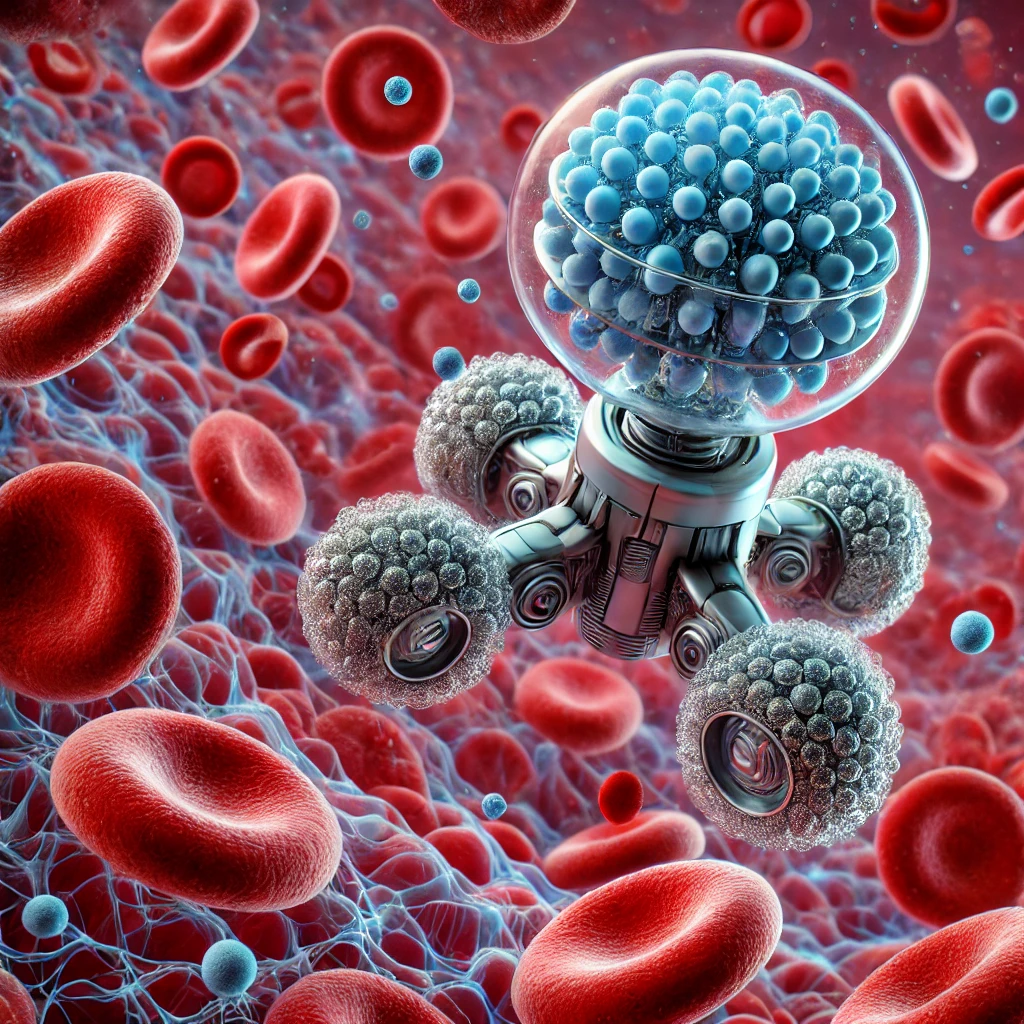🚀 Breakthrough in Targeted Drug Delivery: Tiny Robots Controlled by Magnetic Fields!

Imagine a tiny robot, the size of a grain, moving through your body to deliver medicine precisely where it’s needed, reducing side effects and maximizing effectiveness. Scientists at Nanyang Technological University (NTU), Singapore, have recently made this sci-fi-inspired idea a reality! Their new, grain-sized soft robots can navigate the body using magnetic fields and release multiple drugs in precise doses, a potential game-changer for targeted drug delivery in treatments like cancer therapy.
How Do These Tiny Robots Work?
The NTU research team, led by Assistant Professor Lum Guo Zhan from NTU’s School of Mechanical and Aerospace Engineering, developed these robots with a sophisticated magnetic composite material. They consist of microscopic magnetic particles embedded in a polymer, which makes them:
- Non-toxic to humans, ensuring safe use inside the body.
- Highly maneuverable, able to roll, crawl, and even swim through challenging environments like blood vessels.
Controlled externally by magnetic fields, these robots can navigate even complex areas in the human body, achieving a precision that traditional drug delivery methods—like injections or pills—can’t match.
🔍 What Sets This Technology Apart?
Unlike previous small-scale robots, these NTU-developed robots can:
- Carry multiple drugs: Up to four different drugs can be loaded into a single robot.
- Release drugs in a controlled, programmable sequence: This capability allows precise timing and dosing at specific sites within the body.
- Operate with minimal drug leakage: The robots maintain control over drug release, ensuring the medication is delivered exactly where it’s needed and minimizing potential side effects.
Lab Results: Promising Performance Under Realistic Conditions
To test their effectiveness, researchers ran the soft robots through a series of experiments that mimicked human body conditions:
- Speed and precision: The robots could move at speeds between 0.3 mm and 16.5 mm per second, navigating a divided surface to release specific drugs in designated areas.
- Versatility in different environments: Even in thicker liquid environments, the robots managed to deliver drugs efficiently for up to eight hours.
These results showcase the potential for controlled drug delivery, even in the body’s most challenging environments.
“What was a scenario in a sci-fi movie is now becoming closer to reality with our lab’s innovation,” said Asst Prof Lum, inspired by the classic film Fantastic Voyage, where scientists shrink a crew to microscopic size to navigate a human body.
🩺 Potential Impact on Modern Medicine
One of the most exciting aspects of these robots is their potential to change the landscape of minimally invasive procedures and targeted therapies. Dr. Yeo Leong Litt Leonard, a Senior Consultant and surgeon, highlighted that these robots could one day replace tools like catheters and stents. He envisions a future where tiny robots deliver drugs precisely over time, eliminating the risks associated with leaving foreign devices in the body for extended periods.
Future Applications: The Next Steps in Research
The NTU team is now working to make these robots even smaller, with hopes of treating conditions such as:
- Brain tumors
- Bladder cancer
- Colorectal cancer
The plan is to further evaluate these robots with organ-on-chip devices and animal models to ensure safety and efficacy before moving to clinical trials.
🌍 A Glimpse into the Future of Healthcare
This breakthrough is a major step toward realizing the vision of smart, autonomous medical technology. Tiny robots programmed for precise drug delivery could transform therapies, making them safer and more effective than ever before. As NTU’s research progresses, we might soon witness a future where medicine isn’t just prescribed—it’s delivered exactly where it’s needed in the body, with pinpoint accuracy.
Stay tuned for updates on this groundbreaking technology, which is poised to revolutionize how we approach treatments for some of the most challenging diseases!
